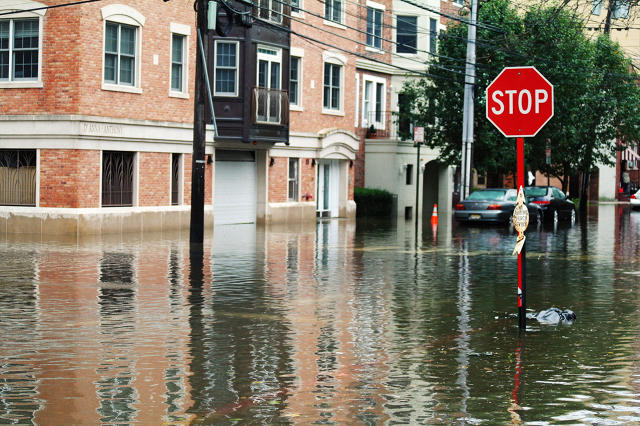Throughout the history of civilization, humans have always congregated around coastal regions, from early societies on the Persian Gulf to today’s largest megacities, like Tokyo, Shanghai, and Jakarta.
But an intriguing new study suggests that the global population is very slowly distributing further away from the coasts than it has in the past. In an era where cities have to worry about sea level rise and super-charged storms, this kind of trend is probably a positive development for the future of humanity.

The work, published in Environmental Research Letters, took a detailed look at the changing population densities in different geographies around the world from 1900 to today, taking into account proximity to the coast, elevation, and plenty of economic, social, and agricultural data.
As of 2010, they found that about 1.9 billion people, or 27% of the world’s population, lived on the 9% of the planet’s land that is near the coast (defined as less than 100 kilometers from the shore at lower than 100 meters elevation). Seventeen out of 30 of the world’s largest cities are in this area, too. These population estimates come out slightly higher than previous research done in the 1990s, so the authors believe there is even more human pressure on coastal areas than we realize.
What was most interesting—contradicting what previous research has shown—was how the growth in population is slowly spreading away from coasts. “The commonly believed tendency of accumulation of people and wealth along coasts is not supported by our results,” the authors, from universities in the Netherlands, Finland, Switzerland, and Italy, write in the paper.
Rather, they found that cities at higher elevations and away from coasts are growing faster than coastal regions are today. They didn’t look at why this is true, just that it is happening. Coastal zones are going to be the wealthiest and most populated areas for many decades, but other regions are going to slowly catch up, they say. Similarly, agriculture is becoming “decoupled” from large population centers. This is unsurprising; despite today’s interest in urban farming, food transport has greatly improved over the last 50 years, so our farms can be far away from where we live.
Despite this trend, world population growth has obviously put many more people near the coast over the last century overall. In 1900, though a similar 26% of the world’s population lived near coasts, this was only 0.4 billion people, almost five times less than today. In 2050, the authors believe that about 2.4 billion people will be in this same zone—still 26% of the world’s future population. With urbanization increasing, most of the people will live in cities.
These people—especially the 5.6% of the global population living below five meters elevation—could be the most vulnerable to climate change and sea level rise. If climate change gets really bad, we could see a much stronger reversal of population trends as people migrate further inland.
Have something to say about this article? You can email us and let us know. If it’s interesting and thoughtful, we may publish your response.
Fast Company , Read Full Story
(34)